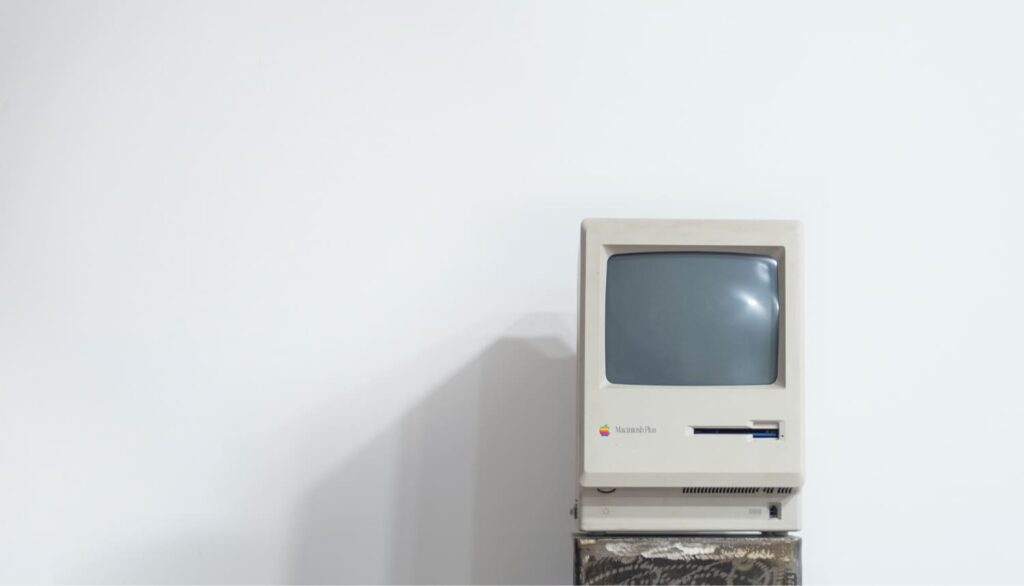Steve Jobs was right: this 1 ad creative change boosts revenue by 15%
Getting ad creative right is incredibly important. Most marketers instinctively know that, but the data has backed it up for decades too. In fact, up to 75% of an ad’s ability to make a brand impression is due to creative, and ad creative is responsible for as much as 49% of all sales lift. That is absolutely huge, and it means that getting ad creative right is mission-critical for marketers.
But could there be one small change that makes a huge difference?
Ad creative study
According to a recent study published in the Journal of Consumer Research … absolutely yes.
And that change is ridiculously simple: adopting a curvy, flowing design style rather than one with sharp angles. According to principal researcher Dipayan Biswas, a professor of marketing at USF Muma College of Business, curvy designs are perceived as friendlier and more approachable. And that, he says, leads people to subconsciously prefer things, including digital ad designs, that are soft-edged and curvy.
“According to research from different disciplines, our natural instincts send us signals that sharp angles usually denote danger and that we’re more likely to get hurt,” Biswas says.
Steve Jobs knew it
It’s almost as if Steve Jobs knew this about 4 decades ago.
In 1981 when a young Jobs was designing the first Macintosh, and the iPhone was on absolutely no-one’s radar, Apple developers had just managed to get Mac OS to draw circles and ellipses. (Sadly, this counted as a significant innovation in the 1980s.) Jobs was happy about that, but in true Jobsian fashion, he wanted more. He wanted windows and dialog boxes in the emerging Macintosh operating system to have curved corners.
Rounded rectangles, he told the Mac developers, were everywhere: tables, street signs, cars … but not computers.

Apple’s software engineers figured out how to make windows with curved corners, and that one small difference ended up making a big sales difference:
“Buttons and windows became rounded,” DesignModo says. “These helped define the ‘safe’ interface of the Macintosh. To customers, Mac had a softer, more welcoming appeal, which sat in contrast to the intimidating aura of both IBM and Microsoft’s products.”
The results, as they say, are history.
15% better revenue
In ad creative, something similar is true. To capture his data, prof Biswas used an eye-tracking study and 3 different field experiments, all testing curvy design in online advertising. The twofold result: better CTR and higher revenue.
“We studied a hotel search button and we consistently found the click rate was higher when the elements were curved,” Biswas said. “It translated to an increase of nearly 15% in total revenue.”
Higher CTR is one thing. It’s a very nice impact, and no marketers will say no to it, but the fact is that CTR is top funnel. You would expect better ad creative to enhance your clickthrough rates. But seeing an significant impact in revenue as well is the real deal … and 15% is not just incremental.
Ad creative has subconscious impact
The results show, Biswas said, that this one ad creative change both enhances visual appeal and leads to greater ad viewer motivation to both click and convert. Some of what people do is based on conscious thought, but a lot of the impact of ad creative is subconscious.
“For shoppers, this means when you’re browsing the web on a holiday shopping spree, you become most susceptible to subliminal tactics, such as design elements,” says USF.
In other words, we’re all more inclined to connect and engage with things that we like and that we feel safe around … including ads.
This study, of course, was done on the web. My guess, however, is that mobile is not significantly different. If you look at the shape of the phone in your hand, after all, odds are pretty good that it’s a rectangle with curved corners.
Just like Steve Jobs designed it.
Creatives that convert: webinar
Singular’s doing a creative optimization webinar at the end of this month. We’re bringing together creative experts from Craftsman+, Liftoff, Mobile Action, and Singular to share what’s hot in creative, what’s changing, what’s making the most impact, and where current ad creative trends are heading.
Join us?
Stay up to date on the latest happenings in digital marketing


